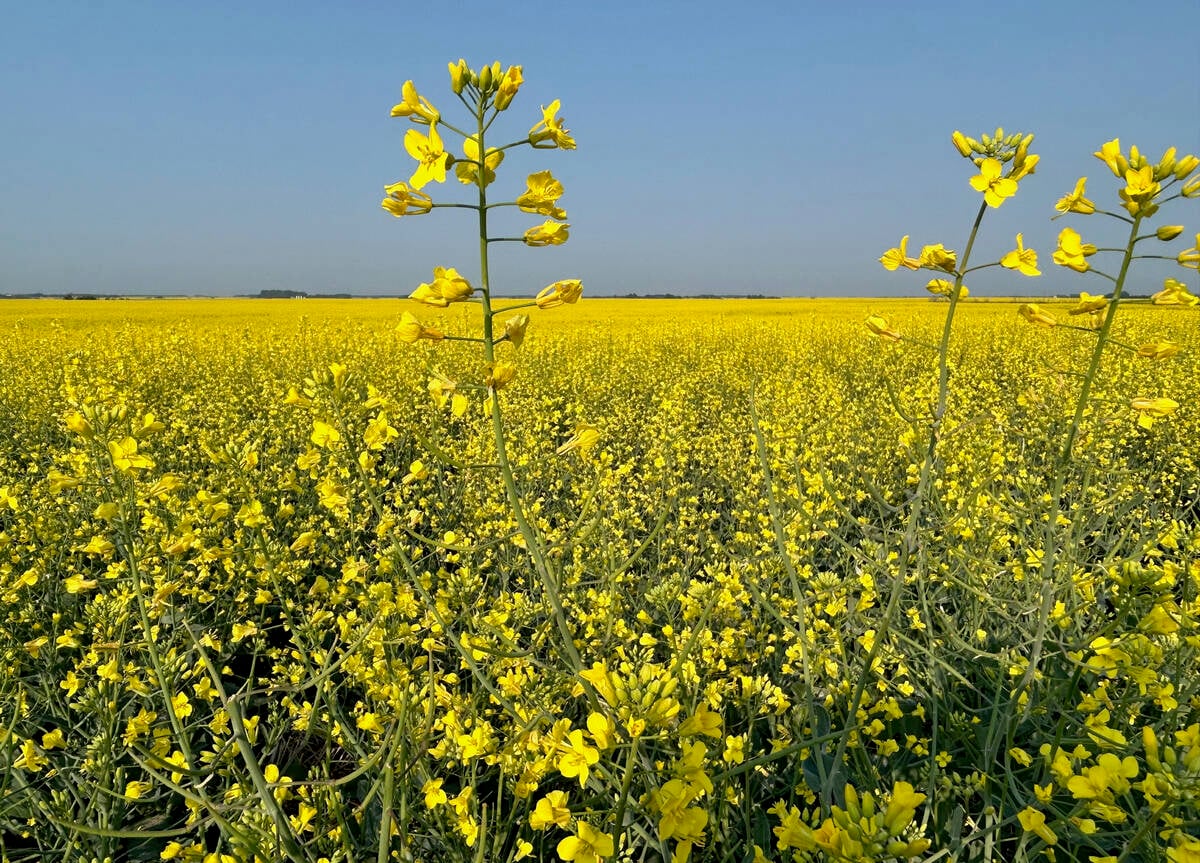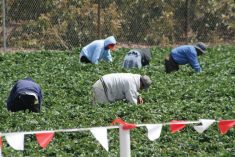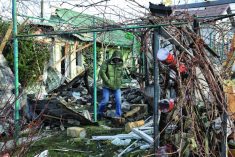Trying to ensure that your rural community survives is an actual skill. It takes work to prevent a great little town out in the sticks from turning into a ghost town.
“It’s really about the people and how optimistic and enthusiastic they are and how well they work together,” said Dee Ann Benard, executive director of the Alberta Rural Development Network. “They’re all striving for a common goal. That’s what makes a big difference.”
This was true 15 years ago, and it’s still true now.
Read Also

Want more canola bushels? Join a local research network
Joining a local group of farmers who conduct on-farm trials and share data is a great way to boost profitability, say agronomists in Western Canada.
Benard has been to rural communities all over the province and some of them stand out to her. One is the village of Glenwood, home to about 300 people.
“They really work together to make their community great and they punch above their weight,” she said. “You have to get your community together and say, ‘These are the issues that are important to us. These are the ways that we’re going to work on it.’
“When you have a group of people pulling together and not fighting amongst themselves, it makes a huge difference.”
Dave Layton is involved with Glenwood’s economic development society, which was formed in 2014 and has 30 to 40 active community members. Their goal is to make the village, about a half-hour drive northeast of Waterton Lakes National Park, a place people want to live or visit.
“A lot of people think that if you live in a rural community that it’s slowly dying and we like to think that that’s not the case,” said Layton. “A small rural community has a lot to offer. It’s a great place to live and do business. It’s a great place to visit, too.”
The community boasts two general stores that have been operating since the 1900s, as well as a small restaurant, an ice-cream parlour, and small businesses you don’t always find in a city — including a painted barn board art store, rawhide tack store, and rock and gem store. The village is one of the smallest communities to participate in Communities in Bloom.
“We put out flowers and everything. We don’t have a big Main Street, but we try and make it look nice,” said Layton, who owns cattle and a nearby campground.
Four or five years ago, volunteers got together and painted all the businesses on Main Street.
“We wanted to try and make things nice, so people knew we weren’t dead and were alive and were trying to make it a great place,” he said. “You really lose something when a small town does die.”

Glenwood is also focused on tourism and many visitors are city dwellers who come out to experience peace and quiet, and the friendliness of the locals.
“They find some of the things they’re not getting in the city,” said Layton. “Because they’re doing that, that’s tremendously helping our little businesses. That helps us to survive.”
On the opposite end of the spectrum, according to Benard, communities that tend not to do well are often marked by infighting, whether it be among community groups, community members or politicians. These rifts turn people off, and stop them from getting involved.
“I’ve seen communities with very little be very successful and communities that have a lot, not be very successful, because they have too many issues,” she said.
She pointed to Drayton Valley, where a camp for homeless people caused rifts in the community that spilled over into last year’s municipal elections. Some residents wanted to help the homeless, while others wanted to get rid of them.
“If they have those divisive issues, it’s much harder for them to be successful,” said Benard. “I don’t want to say that Drayton Valley is failing, but it would be more successful if it started working on the issues.”
All communities in Alberta have been affected by the boom-and-bust cycles, said Benard.
Rural homelessness wasn’t a public issue 15 years ago but today, many communities are working to address the problem.
“We’re not necessarily talking about the kind of homelessness that you think about in Edmonton or Calgary, where you think about people sleeping on the streets,” she said. “Homelessness in rural communities is much more hidden. There’s a bigger range of people sleeping in their cars, camping all the time, couch surfing, sleeping in abandoned buildings, that type of thing. A lot of those people are what you might call the working poor.”
These people have minimum-wage jobs, but can’t find a place to rent and can’t afford to buy in their community.
“Some communities are actively working to help those people and make their community attractive and affordable for people who do those minimum-wage jobs,” said Benard.
“These jobs are essential to a small community’s survival. There are a lot of minimum-wage jobs in a small community. But if people who earn that can’t afford to live there, you’re dead.”
These days, affordable housing, as well as access to education and childcare, are issues that small communities need to address — and those that do are further ahead, she said.
“They are experiencing greater success than communities that have their head in the sand,” said Benard. “They don’t want to admit they have a problem. They’re trying to ignore it. It’s there whether you admit it or not.”
















